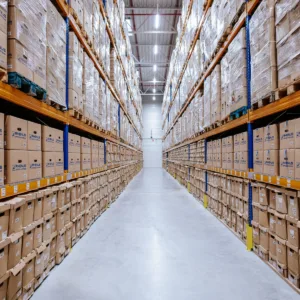Intermodal transportation – reaching the destination by various transport modes
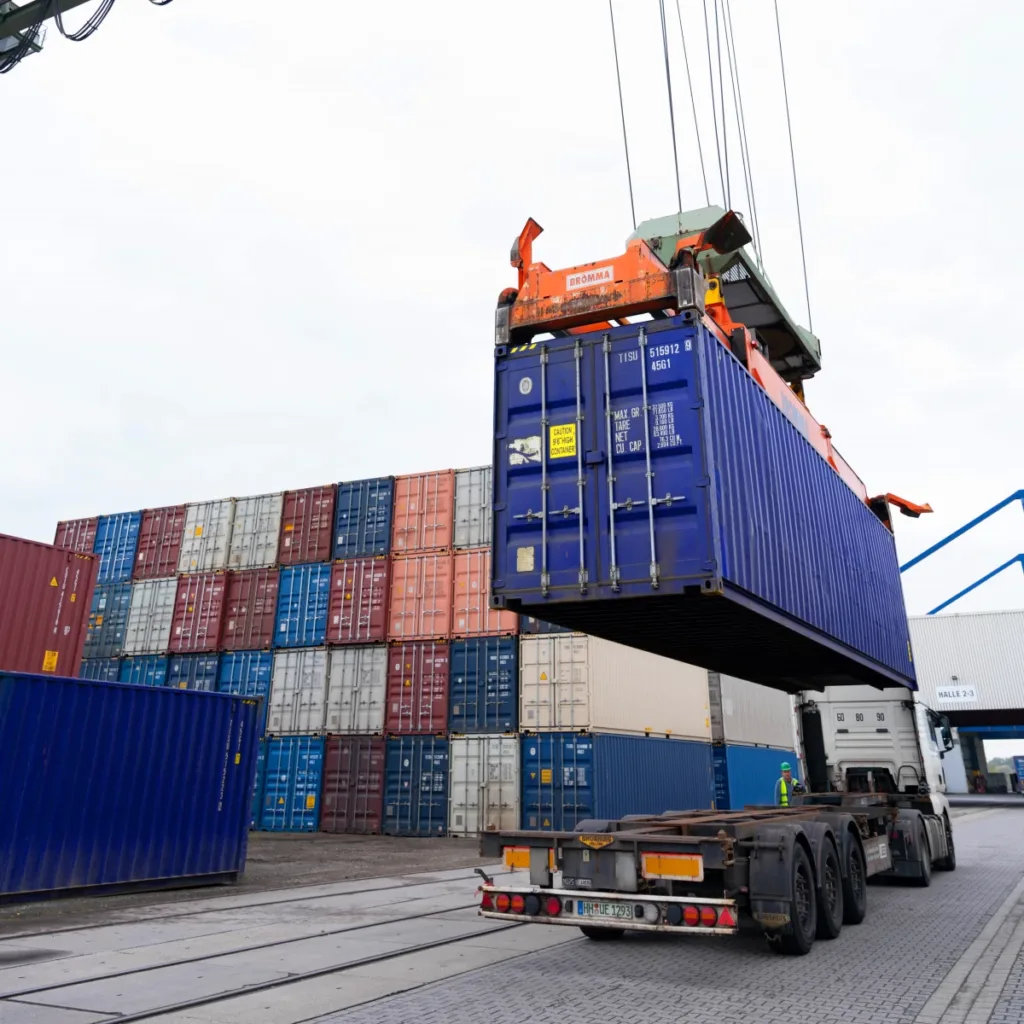
What is „Intermodal transport“?
Intermodal transportation refers to a type of freight transport that uses different modes of transport without removing the goods from the transport units when the mode of transport changes. Transport units can be containers, swap bodies, or trailers. It is not the actual transport goods that are “transshipped” between road, rail and inland waterways, but the transport unit itself. Intermodal transportation is also referred to as combined transport.
Intermodal or combined transport involves various options, including:
- Rail-road transport, for example, container transport, involves moving goods by rail and road.
- Ship-rail-road, using inland ports and seaports as central hubs for transshipping goods between ships, trains and trucks.
- Air-road or air-rail, a combination often applied to highly prioritized goods where speed and efficiency are of the essence.
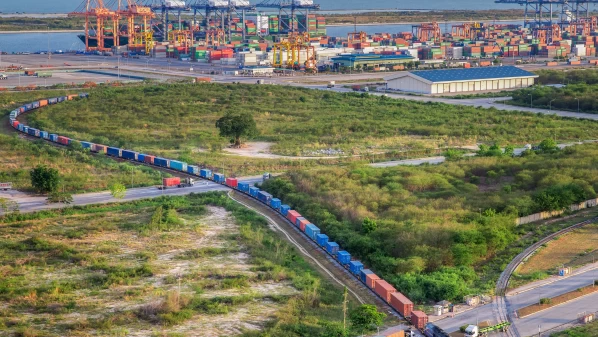
Categories of intermodal transportation
In intermodal or combined transport, the transport chain can be categorized into the first mile, main haul, and last mile:
- First mile covers the pick-up from the consignor and transportation to the main terminal or hub of departure.
- Main haul covers transportation from the terminal of departure to the terminal of arrival at the destination.
- Last mile describes the final transportation from the terminal of arrival to the consignee.
In addition, a distinction is made between accompanied and unaccompanied transport processes. Unaccompanied transport involves the transshipment of the loading unit only, instead of the entire means of transport. Accompanied intermodal transportation, on the other hand, refers to the transportation of entire trucks using ships or trains.
Intermodal or combined transport utilizes standardized loading units that serve as universal transport containers. These units enable efficient transshipment and seamless integration with various modes of transport. The most common loading units include containers, swap bodies and semi-trailers (truck trailers). A special application is the so-called piggyback transport or “rolling road”, involving whole trucks being loaded onto trains.
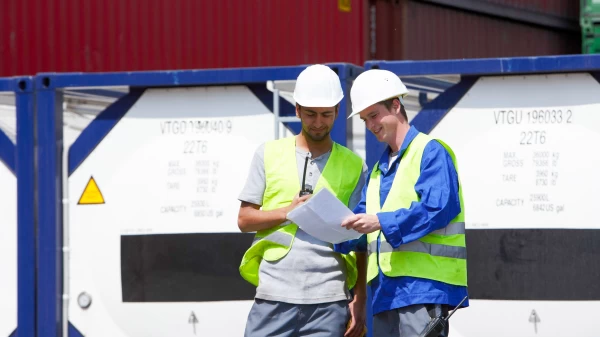
What to look out for in intermodal or combined transport: Road freight
Road freight
In intermodal transportation, domestic road transport is generally limited to the route between the loading or unloading point and the nearest suitable railway station, inland port or seaport within a maximum radius of 150 kilometersin air-line distance. A railway station qualifies as suitable if it has the necessary transshipment facilities for intermodal transportation. Furthermore, it should regularly handle transports in the relevant direction and be accessible via the shortest customary road connection to the loading or unloading point.
What to look out for in intermodal & combined transport
In intermodal transportation, domestic road transport is generally limited to the route between the loading or unloading point and the nearest suitable railway station, inland port or seaport within a maximum radius of 150 kilometersin air-line distance. A railway station qualifies as suitable if it has the necessary transshipment facilities for intermodal transportation. Furthermore, it should regularly handle transports in the relevant direction and be accessible via the shortest customary road connection to the loading or unloading point.
The evolution of combined transport
Intermodal or combined transport is becoming increasingly popular in Germany – around 108 million tons were moved intermodally in 2019, with an impressive growth rate of 76%1 predicted for the coming years, reaching 190 million tons. This development in intermodal transportation shows that this transport approach still offers great potential. Nevertheless, a comparison with other forms of transportation shows that there is still significant potential to be exploited.

Achieving sustainable goals with the help of intermodal transportation
Intermodal transportation plays a key role, particularly in shifting freight transport from road to alternative modes of transport, such as rail. In 2022, only 20% of freight traffic was accounted for by rail, while road freight dominated with 78%2. To reduce emission in the logistics sector, it is important to consider intermodal transportation and combined transport that includes the combination of inland waterways and railway transport.
These modes of transport score points not only with higher loading capacity but also using innovative drive technologies that reduce CO2 emissions. In rail freight transport, the focus is on electric drives, while in inland shipping, hydrogen-powered ships are increasingly providing a lower-emission transportation option to conventional propulsion systems. Developments such as these are making intermodal or combined transportan alternative to support sustainability in logistics
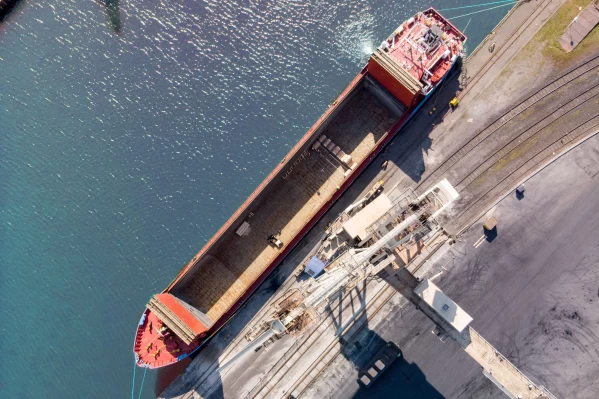
Overview of the advantages of intermodal transportation
The advantages of intermodal or combined transport are obvious: It combines the strengths of different modes of transport while minimizing their limitations.
For example, railways make cost-effective, fast and reliable transportation of goods over long distances possible by means of electromobility. For the last few kilometers from the destination terminal to the recipient, transport is taken over by trucks – for example, as part of the rolling road – and thus combines the flexibility of road transport with the sustainability and efficiency of rail transport. Intermodal transportation also facilitates access to alternative transport methods, especially for consignors who do not have their own rail connection at the location.
In addition to the cost savings, intermodal transportation also has significant ecological advantages since most of the route is covered by inland vessels and freight trains, the burden on roads and infrastructure is reduced. This increases transport safety and reduces CO2 emissions. At the same time, it improves the efficiency of working hours: more drivers are employed only for first mile and last mile delivery, allowing them to enjoy a better work-life balance.
Thus, the development of intermodal transportation has a positive impact on economic, social and ecological aspects and makes it a lower-emission option that support a more sustainable logistics.
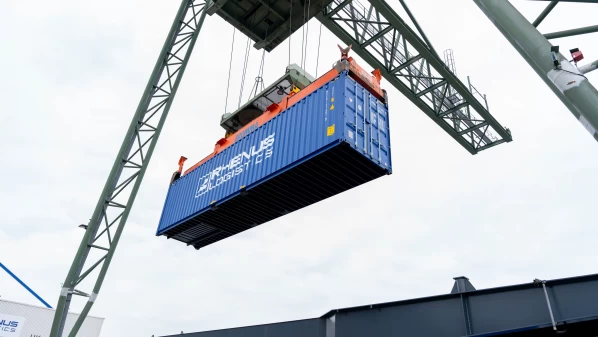
Intermodal transportation in practice
Making use of intermodal transportation does not mean additional work for companies. With the help of an experienced logistics service provider like Rhenus, integrated logistics solutions can be implemented – from planning the first mile of the journey to the last mile of the transportation. Complemented by value-added services, such as customs clearance, companies can benefit from all the advantages of intermodal transportation with logistics professionals like Rhenus.

